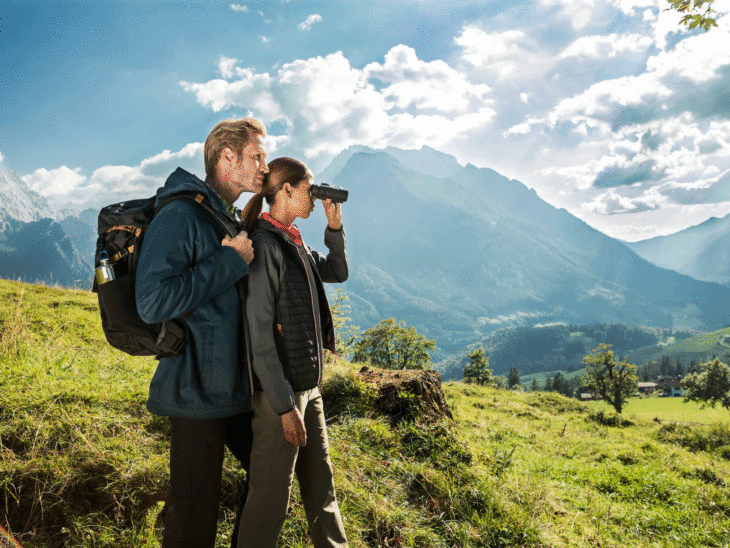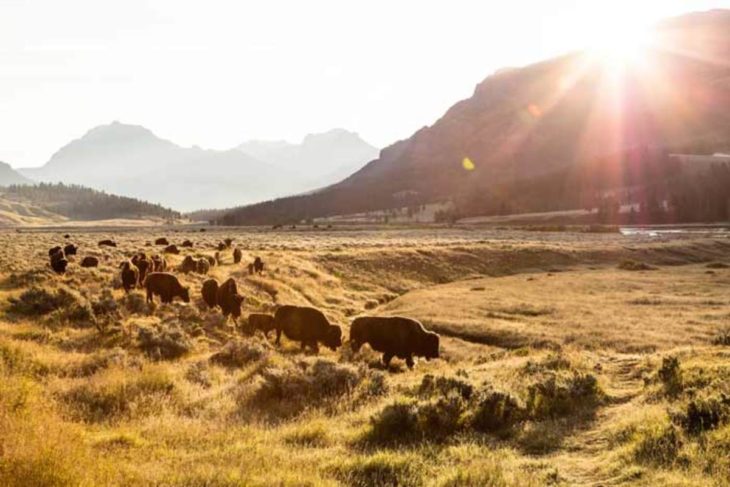More than 80 million Americans every year take time to watch wildlife, making It one of the more popular and probably the fastest growing recreational activity on the continent. And you shouldn’t wonder why, because there are only a few things more exciting than seeing those majestic animals in their natural habitats – in the wild.
Viewing animals in nature is also one of the best ways to help you understand the importance of our roles as keepers of this planet. No one owns these wild animals, they belong to themselves and to Earth. But when you care for your planet and your surroundings, you provide significant value to both the wildlife and their environment.
Wildlife watching is an activity for almost everyone. You can start wildlife watching on any day of the year. Wildlife viewing can be tiring as a hike to the top of a mountain, or it can be relaxing as sitting back on a chair near a lake with a beautiful view. It can also be a part of your other outdoor activities like hiking, fishing, diving, boating, walking, trekking or hunting.
However, for proper wildlife viewing, you will need to have the proper equipment and knowledge. Here are some of the most-knows and must-haves when going on wildlife watching.

Source: independent
Get the right tools so you can enjoy your wildlife observation
If you want to get a closer view, do not try to get closer by walking since you could scare the wildlife away, or even worse, they might attack you if you spook them. Instead, get yourself proper binoculars so you can watch them easily and safely from a distance.
If you are looking to buy binoculars for your next trip for wildlife viewing, we recommend that you check out bestofbinoculars.com.
Be aware of your surroundings
When in a wildlife hotspot, make sure that you walk quietly so you can be more aware of your sights and the sounds around you. Usually, you can hear a lot more than you can see. If you see a baby animal do not approach it and do not assume that this young animal is abandoned by their parent. Usually, a parent will be very close and will be waiting for you to leave unless you get to close to their babies.
When observing wildlife, make sure you stay quiet and out of the way. The point is to observe their way of life, their ways of communication, feeding, sleeping, etc. The point is not for you to become involved in their lives and ultimately scaring them away from their homes.

Source: yellowstonepark
Look for signs of wildlife
If you can’t manage to find the hotspot you have been looking for the last few hours, start looking for signs. Feathers, footprints, feces and other signs from animals can help you lead you to their hotspots. You will usually find these types of signs around drinking sites, perches, ledges, trail intersections and overlooks to open areas. For the best experience, you should watch wildlife either at dusk or dawn, because that is when they are the most active.
